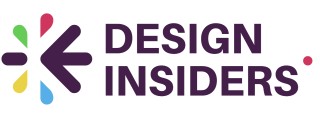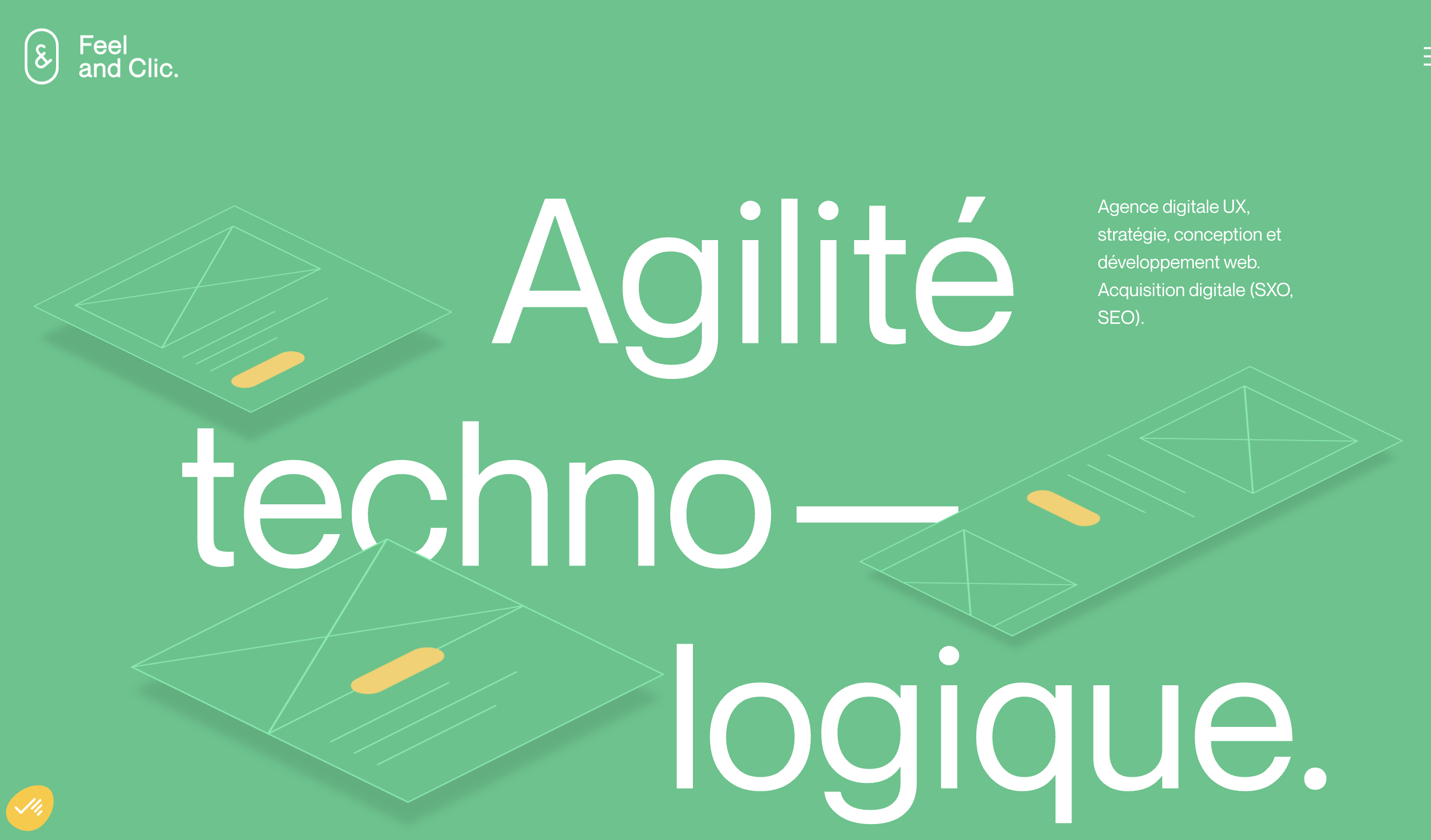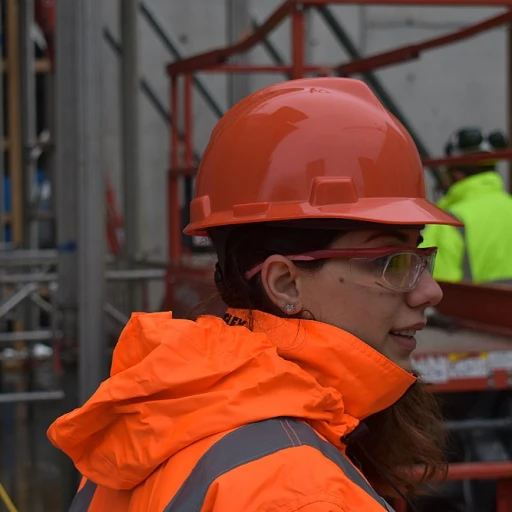
The Role of Student Feedback in Design Learning
Enhancing the Learning Journey in Design Courses
Student feedback plays an integral role in shaping the educational journey within design schools. By enabling educators to understand the perceptions and experiences of their students, feedback provides a roadmap for improving teaching methods and course content. Whether through standard student surveys, perception surveys, or open-ended questions, a well-structured feedback system allows teachers to gather valuable data that can significantly enhance students' learning experiences. Educators in higher education often leverage surveys to gain insights into student experiences and perceptions. By asking targeted survey questions, such as those found in perception surveys, teachers can pinpoint areas that require improvement. These surveys are not only about achieving better grades but are also crucial tools for fostering student engagement and ensuring that students feel heard and valued. Moreover, the structure of student feedback mechanisms—including the design of survey items and the interpretation of open-ended responses—can greatly affect the fidelity of the insights gained. By refining these mechanisms, whether they be through a standardized student survey or more nuanced course evaluations, educators can better align educational goals with student expectations. Have you ever considered how your school implements feedback in its curriculum? Delving deep into student feedback practices can yield better resources to understand and improve student perceptions. For more on optimizing these feedback mechanisms, you can explore advanced usability testing approaches that ensure the relevance and effectiveness of surveys in design education.Challenges in Collecting Student Feedback
Encountering Barriers in the Feedback Process
Collecting student feedback in design education presents unique challenges. For educators, understanding what students feel and perceive about their courses is crucial for improving the educational experience. However, interpreting feedback effectively requires overcoming several hurdles.
One of the primary obstacles is the design of survey questions. Crafting effective perception surveys and perception survey items necessitates careful consideration. Open-ended questions provide deeper insights into student perceptions, but require extensive analysis compared to straightforward surveys. Additionally, the complexity of student surveys may deter engagement, prompting some students to provide incomplete or superficial responses.
Another issue arises from the volatility of student perceptions. Students' perceptions are not static and can be influenced by various factors such as grades and individual experiences. Surveys often need to adapt quickly to reflect these changes accurately, which can be challenging for educators. It's essential to ensure that student surveys are timely and relevant to capture accurate feedback.
Moreover, securing a high response rate in student surveys remains a persistent challenge. To improve student engagement in feedback mechanisms, teachers can implement strategies such as offering incentives and making the feedback process a more integrated part of the educational journey. Teachers and schools must also address any concerns students might have about anonymity and how their feedback will be used.
The need for advanced analytical data tools is also critical. Schools require robust resources to sift through vast amounts of feedback data to uncover meaningful insights. Without these tools, the likelihood of misinterpretation or underutilization of feedback increases, stagnating potential improvements in education.
As feedback processes continue to evolve, it’s important to integrate effective strategies to mitigate these challenges, allowing schools in places like Colorado and beyond to optimize their educational offerings. For more insights into dissecting these challenges and strategies, take a look at our in-depth examination of successful UX/UI case studies and design strategies.
Analyzing Feedback for Curriculum Improvement
Turning Insights into Actionable Changes
Implementing effective strategies to analyze feedback is crucial for refining a design curriculum. Student feedback, collected through diverse methods like perception surveys and course evaluations, offers rich data. The challenge lies in translating this abundance of data into actionable changes that enhance educational outcomes. Having clear methods to sift through open-ended questions is essential. Teachers and faculty might find themselves overwhelmed by the volume of comments, making it crucial to identify key themes that are consistently highlighted by students. Surveys must be designed to elicit insights about what truly impacts the student experience.- Data Categorization: Group similar feedback into categories. This might include aspects related to teaching style, course materials, or the overall student-student interaction.
- Frequent Patterns: Focus on frequently mentioned areas. Survey items can guide educators to pinpoint common issues that require immediate attention.
- Prioritizing Feedback: Determine which elements when improved, will most significantly affect learning outcomes. Prioritizing allows schools to allocate resources effectively.
- Feedback Channels: Maintain open lines of communication through which feedback students regularly engage with evolves based on recent feedback.
Incorporating Feedback into Design Projects
Integrating Feedback into Design Projects: A Practical Approach
Incorporating student feedback into design projects is a crucial step in enhancing the educational experience. The process begins with effectively analyzing the data collected from various feedback mechanisms, such as student surveys and open-ended questions. This data offers insights into student perceptions and experiences, which can significantly influence the direction of design projects.
Teachers and educators need to approach feedback with an open mind, understanding that student perceptions can vary widely. By carefully reading and interpreting survey results, educators can identify common themes and areas for improvement. This analysis helps in aligning project objectives with student expectations, ultimately leading to more engaging and relevant design projects.
One of the best practices in utilizing feedback is to address both the positive and negative aspects highlighted by students. While positive feedback reinforces successful strategies, constructive criticism can pinpoint areas that require change. This balanced approach ensures that projects not only meet educational goals but also resonate with students, enhancing their engagement and motivation.
Moreover, it is essential to communicate changes back to the students, demonstrating that their feedback is valued and acted upon. This transparency builds trust and encourages more honest and useful feedback in future surveys. Schools and higher education institutions can leverage these insights to continuously improve their design education programs, ensuring they remain relevant and effective.
Ultimately, integrating student feedback into design projects is not just about making adjustments; it's about fostering a collaborative learning environment where students feel heard and empowered. By prioritizing student engagement and utilizing feedback effectively, educators can create a dynamic and responsive educational experience that benefits both students and teachers alike.














